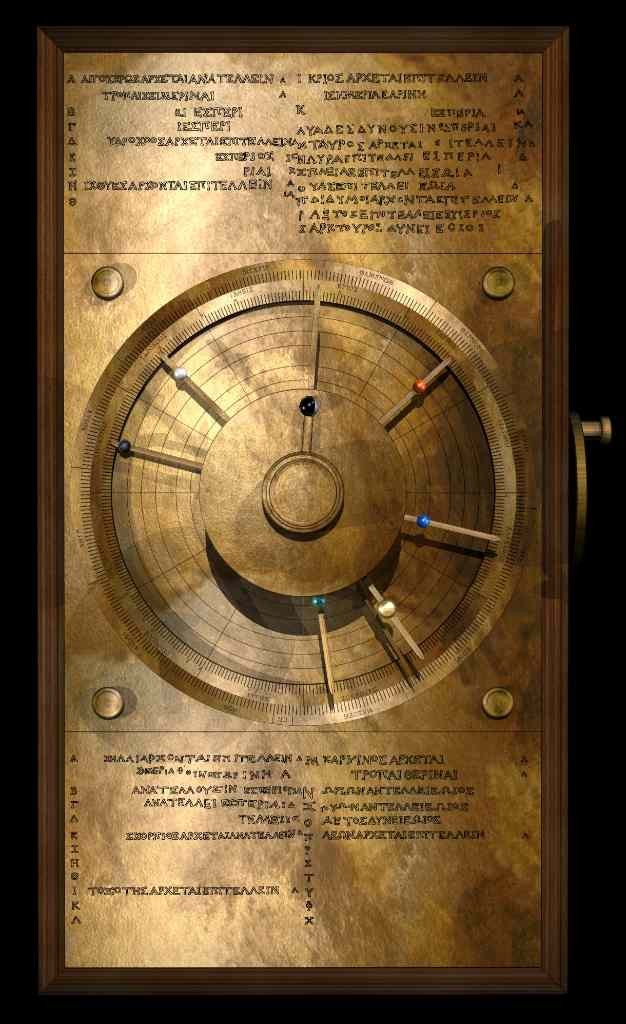By: Ethan Tong
A new study has revealed that the Antikythera mechanism, an ancient Greek device discovered in a shipwreck off Antikythera in 1901, used the Greek lunar calendar rather than the Egyptian solar calendar, as previously believed.
The computer was made around 2,000 years ago with calendars that used the sun, moon, and sometimes even planets and you can use it without ever learning how to do it first. The calendar was as big as a shoebox and had gears that allowed the user to see the cosmos.
The calendar’s main part was the calendar ring which has a ring for each day. But the scientists didn’t know how many days there were until it was put into an x-ray in 2020.
Then they found that it had around 354 or 355 holes in the calendar ring.This finding was supported by a recent study published in the Horological Journal on June 27, 2024.
Graham Woan, an astrophysics professor at the University of Glasgow and research co-author, stated that the precision of the holes’ positioning would have required highly accurate measurement techniques and an incredibly steady hand to punch them.
“It is a neat symmetry that they’ve adapted techniques to study the universe to understand more about a mechanism that helped people keep track of the cosmos nearly two millennia ago,” Woan said.
Then the Antikythera mechanism was used as an artifact for “Indiana Jones and the Dail of Destiny.” Each artifact we research, the closer we get to unraveling what it was like in ancient Greek inventiveness and their elaborate methods of viewing and documenting the universe.











